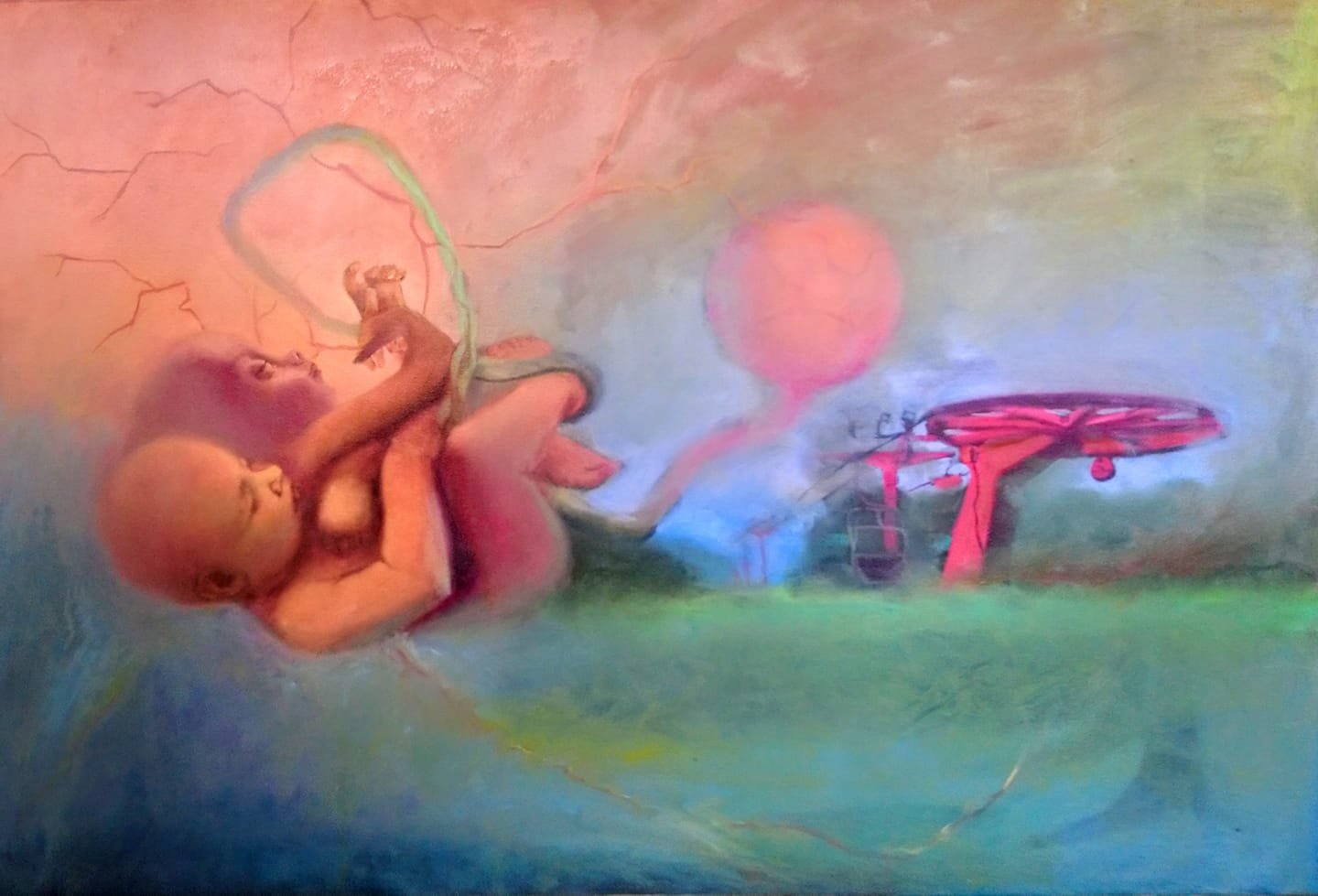Get in touch.
Yulia is located in Utica, NY and available for personal instruction, along with galleries and commissions worldwide.
YULIA LEVKOVICH
Yulia Levkovich is a representational painter. Her work has been exhibited nationally and internationally including the Beau-Xi Gallery, Flowers Gallery and Munson-Williams Arts Institute. Yulia had worked previously as Art Production Assistant for Jeff Koons, where there she worked on pieces that were exhibited at Versailles and Gagosian Gallery.
Yulia has taught privately, as well as in several institutions including The New York Academy of Art, the Metropolitan Museum of Art, and currently teaches at Pratt Munson-Williams Proctor Arts Institute in Utica, NY.
Yulia was born in Ukraine, where her family first immigrated to Israel, then to Canada. In Canada is where she was exposed to the Russian School of Painting, through private apprenticeship with Emmanuel Katz at the age of 13.
She completed her rigorous training at the Academy of Realist Art under the tutelage of Michael John Angel, who himself studied with Pietro Annigoni. During her training at the Academy, she received her BFA from OCAD University in Toronto. She proceeded to receive her MFA at the New York Academy of Art, after graduating with Honors in 2008.
Artist Statement
Fleeing the affects of Chernobyl and the political climate at the time, my family left the Soviet Union and immigrated to Israel, where almost immediately we were faced with the affects of Gulf war. Having been uprooted and exposed to war’s destruction at a young age, made me gravitate to chaotic environments.
Perhaps as a way of coping, I developed an affinity and romanticized abandoned objects, destructive landscape and disarray. In my artistic practice I gravitate towards imagery that resonates with such a state.
Without over-scrutinizing I combine fragments from seemingly unrelated scenes within one composition.
The imagery incudes electrical conduits or anything that transmits electricity or transports water, household objects that once served a function, or fragmented body parts or figures captured in a private moment.
The narrative is told in a neurotic manner and is more like a jazz improvisation. There is not much planning that goes into the work and in many instances parts of the painting will be erased or painted over.
In my practice, I use charcoal, carbon or gouache on paper or oil on canvas. When absorbed in a work, I become obsessive and fixate on certain details. The process becomes analytical and the experience a sustained perceptual study.
I focus on how light moves across form. When using oil, this translates into a delicate understanding and observation of cool versus warm colours as well as opacity versus translucency.
The process then emphasizes a fascination with the technical narrative and its inadvertenttransformation into a lyrical thought process.
The dramatic narrative then becomes an effect. It is only after time has passed and I get to step away from the work that I get to see the full picture.
I get to read into my psyche in a sense where memories, dreams, thought processes take shape and I find meaning in all of it, as if it is a diary entry that I come across, disregard, and discover again.
There is a private beauty and a longing for human connection.
Objects come in and out of focus and there is an emphasis on atmospheric perspective, lost edges and ambiguity.
The process is intimate and intuitive, and it is usually closer to the completion of the work that the symbolic meaning of the disarranged images become clear.

